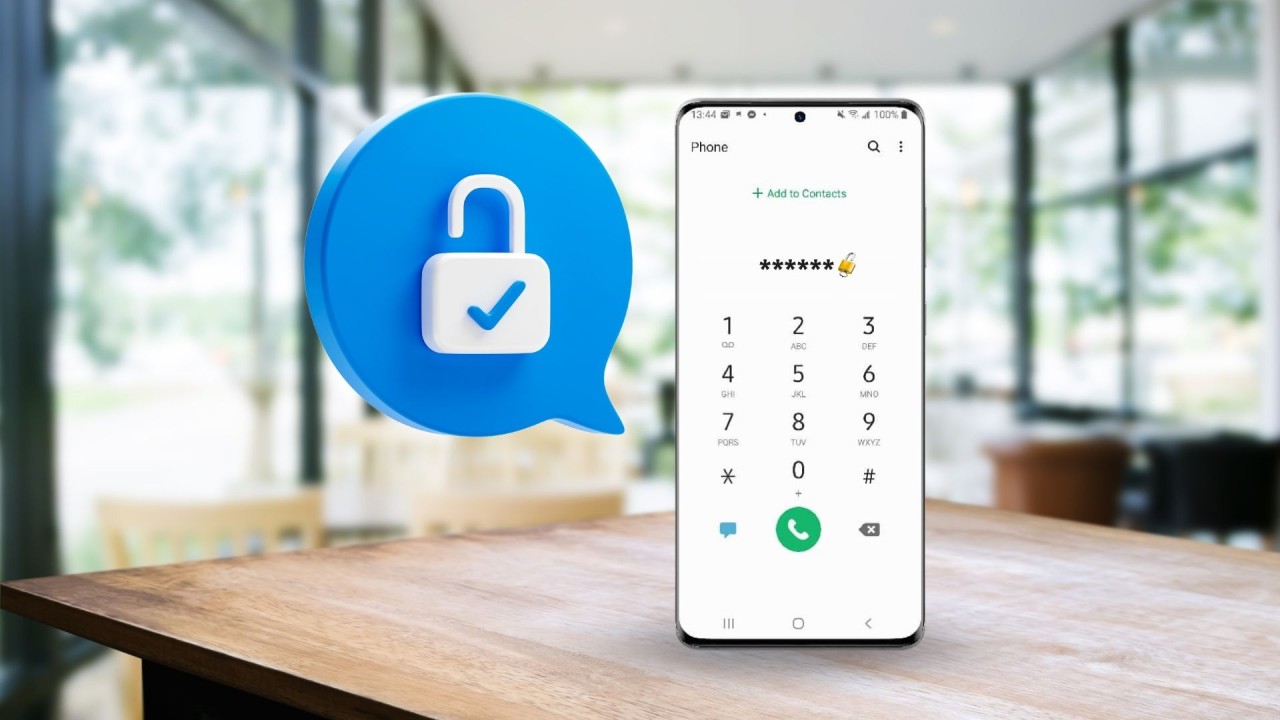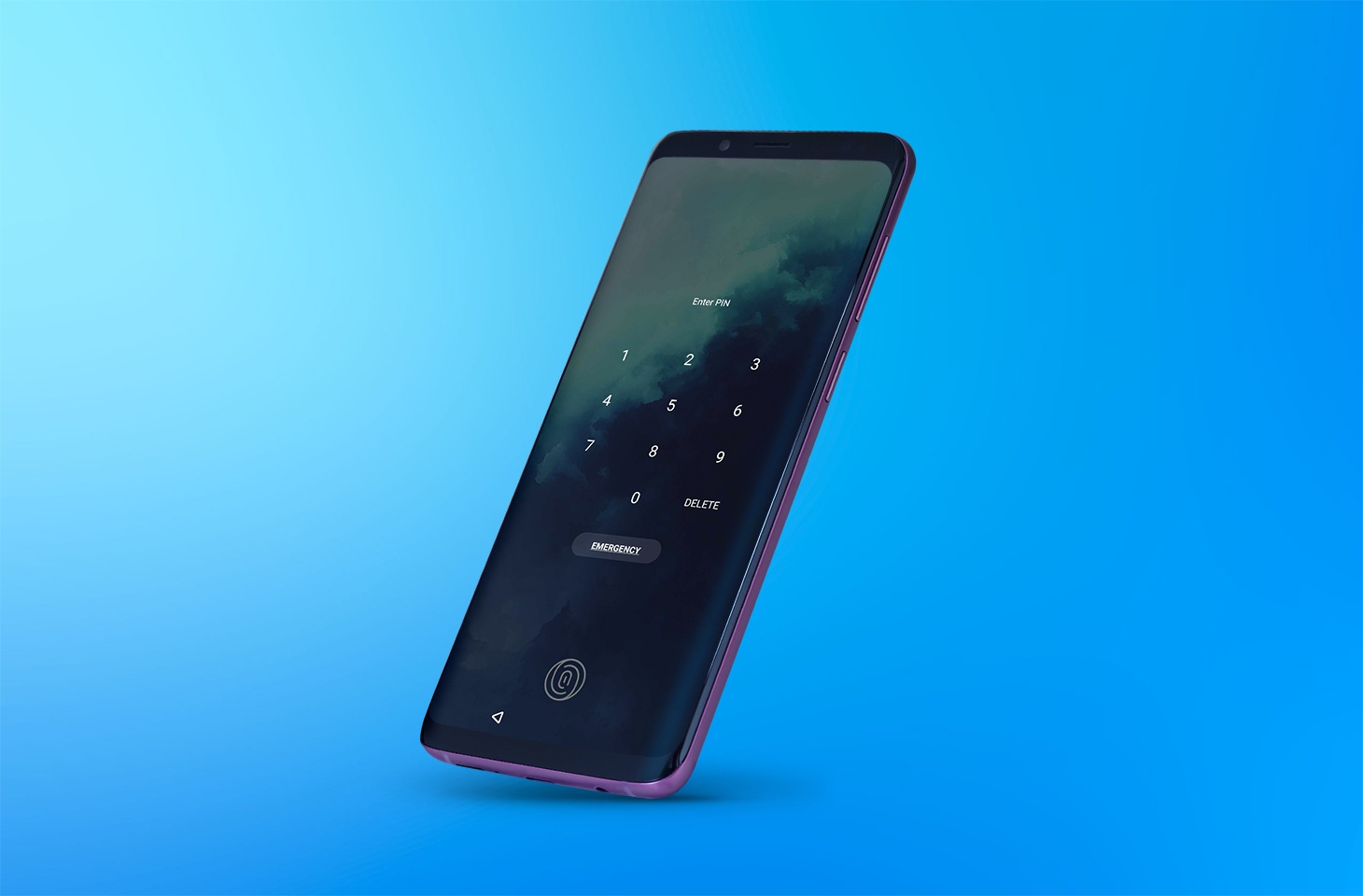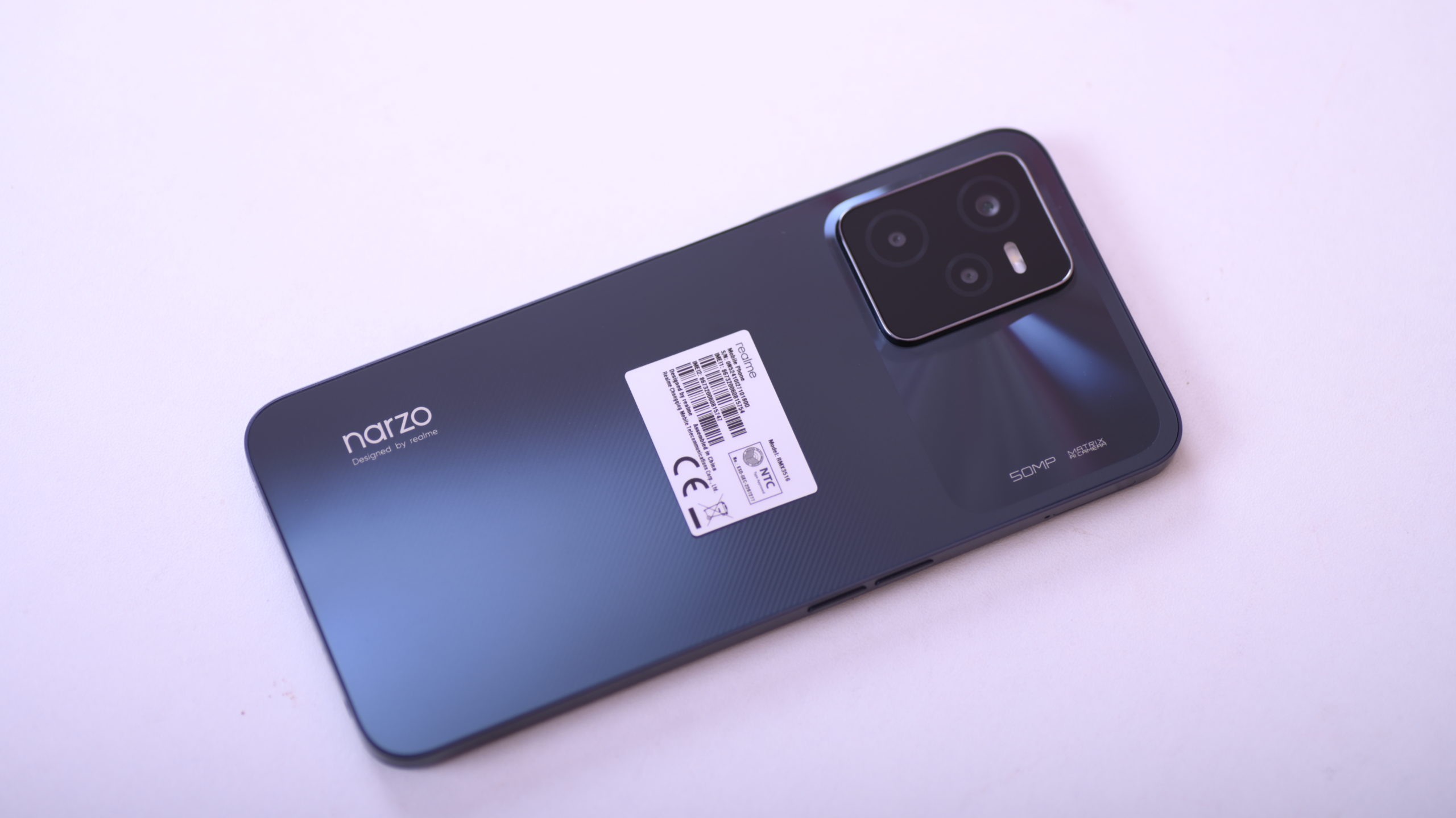Introduction
When it comes to the world of mobile devices, the SIM card plays a crucial role in connecting us to the digital realm. However, there are instances where the SIM card becomes locked, preventing us from using our devices to their full potential. This can be a frustrating experience, especially for Android device users who rely on their smartphones for communication, internet access, and various other essential functionalities.
The SIM card lock, often referred to as a SIM lock, is a security feature that restricts the use of a specific SIM card with a mobile device. This lock is typically set by the device's carrier or manufacturer and requires a unique code to unlock it. Understanding the implications of a SIM card lock and knowing how to address it is essential for Android users who wish to maximize the utility of their devices.
In the following sections, we will delve into the intricacies of SIM card locks, explore the reasons behind their existence, and provide comprehensive guidance on unlocking SIM card locks on Android devices. By the end of this article, you will be equipped with the knowledge and tools necessary to navigate through the challenges posed by SIM card locks, empowering you to make the most of your Android device.
What is a SIM Card Lock?
A SIM card lock, commonly known as a SIM lock, is a security feature implemented by mobile device manufacturers or carriers to restrict the use of a specific SIM card with a device. When a SIM card lock is active, the device can only be used with the designated SIM card, preventing the insertion of SIM cards from other carriers. This lock is typically applied to devices purchased through a specific carrier, effectively tying the device to that carrier's network.
The primary purpose of a SIM card lock is to ensure that customers fulfill their contractual obligations with the carrier. By restricting the use of other SIM cards, carriers aim to secure a certain period of service from the customer. This strategy is commonly employed in conjunction with subsidized device pricing, where the cost of the device is offset by the expected revenue from the customer's service plan.
In addition to contractual obligations, SIM card locks also serve as a measure to deter theft and unauthorized use of devices. By preventing the use of other SIM cards, the likelihood of stolen devices being used on different networks is significantly reduced. This contributes to the overall security of mobile devices and helps in safeguarding user data and privacy.
It's important to note that SIM card locks are distinct from network locks, which restrict a device from being used on networks other than the one it was originally intended for. While SIM card locks specifically target the use of different SIM cards, network locks extend the restriction to the entire network compatibility of the device.
In summary, a SIM card lock is a security feature that limits the use of a specific SIM card with a mobile device. It serves the dual purpose of enforcing contractual obligations and enhancing the security of devices by preventing unauthorized use. Understanding the implications of SIM card locks is essential for Android device users, as it directly impacts the flexibility and usability of their devices.
Reasons for SIM Card Lock
The implementation of SIM card locks is driven by several key reasons, each serving distinct purposes that benefit both carriers and consumers.
Contractual Commitments
One of the primary reasons for the existence of SIM card locks is to ensure that customers fulfill their contractual commitments with the carrier. When a customer purchases a subsidized device or avails of a discounted price through a carrier, the SIM card lock acts as a safeguard for the carrier's investment. By restricting the use of other SIM cards, carriers can secure a specified period of service from the customer, thereby ensuring a return on the subsidized cost of the device. This contractual obligation is a fundamental aspect of the business model employed by carriers to maintain a sustainable revenue stream.
Preventing Unauthorized Use
SIM card locks also play a crucial role in deterring theft and unauthorized use of mobile devices. By restricting the use of other SIM cards, the likelihood of stolen devices being repurposed on different networks is significantly reduced. This serves as a protective measure for consumers, as it enhances the security of their devices and minimizes the risk of unauthorized access to personal data and sensitive information. In essence, the SIM card lock acts as a barrier against illicit activities involving stolen devices, contributing to the overall safety and privacy of consumers.
Network Lock Integration
In certain cases, SIM card locks are integrated with network locks to further fortify the restrictions imposed on mobile devices. Network locks extend the limitation beyond the use of different SIM cards, encompassing the entire network compatibility of the device. This comprehensive approach ensures that the device remains exclusively bound to the carrier's network, reinforcing the contractual and operational control exerted by the carrier. By combining SIM card locks with network locks, carriers can effectively safeguard their business interests while maintaining a level of control over the devices they distribute.
Regulatory Compliance
In some regions, regulatory requirements and industry standards may necessitate the implementation of SIM card locks as a means of adhering to specific guidelines. These regulations often aim to address issues related to telecommunications, consumer protection, and network security. By incorporating SIM card locks into their devices, carriers and manufacturers demonstrate their commitment to compliance with regulatory frameworks, thereby contributing to the overall integrity and stability of the telecommunications industry.
In essence, the reasons for SIM card locks are multifaceted, encompassing contractual obligations, security considerations, network control, and regulatory compliance. Understanding these underlying reasons provides valuable insights into the dynamics of the mobile telecommunications ecosystem and the interplay between carriers, consumers, and regulatory authorities.
How to Unlock SIM Card Lock on Android Devices
Unlocking the SIM card lock on Android devices requires a systematic approach to ensure successful resolution. Here's a comprehensive guide to navigating through the process:
1. Contacting the Carrier
The initial step in unlocking a SIM card lock on an Android device involves reaching out to the respective carrier. By contacting the carrier's customer support or visiting their service center, users can request the unlock code for their device. It's essential to provide the necessary details, such as the device's IMEI number and account information, to facilitate the unlocking process.
2. Meeting Requirements
Carriers often have specific criteria that must be met before they provide the unlock code. These criteria may include completing the minimum contractual period, settling outstanding financial obligations, and ensuring that the device is not reported as lost or stolen. By adhering to the carrier's requirements, users can streamline the unlocking process and expedite the acquisition of the unlock code.
3. Inputting the Unlock Code
Once the unlock code is obtained from the carrier, users can proceed to input it into their Android device. This typically involves inserting a non-supported SIM card into the device and entering the provided unlock code when prompted. Upon successful entry of the unlock code, the SIM card lock is disabled, allowing the device to accept SIM cards from other carriers.
4. Verifying Unlock Status
After entering the unlock code, it's essential to verify that the SIM card lock has been successfully lifted. This can be done by inserting a SIM card from a different carrier and ensuring that the device recognizes and connects to the new network. Verifying the unlock status provides users with the assurance that their Android device is now capable of accommodating SIM cards from various carriers.
5. Utilizing Third-Party Services
In situations where direct communication with the carrier may not be feasible or practical, users can explore third-party services that specialize in unlocking SIM card locks. These services often offer alternative methods for obtaining unlock codes and can assist users in unlocking their devices, providing a viable option for those facing challenges in engaging with the carrier directly.
By following these steps, Android device users can effectively unlock the SIM card lock, enabling the seamless utilization of different SIM cards and expanding the functionality and flexibility of their devices. It's important to approach the unlocking process with diligence and adherence to the guidelines provided by the carrier, ensuring a smooth transition towards unlocking the full potential of the Android device.
Conclusion
In conclusion, the intricacies of SIM card locks and the process of unlocking them on Android devices underscore the dynamic interplay between contractual obligations, security measures, and consumer empowerment within the mobile telecommunications landscape. The existence of SIM card locks serves as a multifaceted mechanism that not only safeguards the interests of carriers but also contributes to the overall security and integrity of mobile devices.
By understanding the reasons behind SIM card locks, users gain valuable insights into the underlying motivations driving their implementation. From upholding contractual commitments to deterring unauthorized use and integrating network lock functionalities, SIM card locks are designed to address a diverse array of considerations that underpin the operational and regulatory frameworks of the telecommunications industry.
The process of unlocking SIM card locks on Android devices entails a structured approach that involves engaging with carriers, meeting specific requirements, inputting unlock codes, and verifying the successful removal of the lock. This systematic process empowers users to transcend the limitations imposed by SIM card locks, enabling them to harness the full potential of their devices and explore diverse network options that align with their evolving needs and preferences.
Furthermore, the availability of third-party services for unlocking SIM card locks provides users with alternative avenues for addressing lock-related challenges, offering a degree of flexibility in navigating through the unlocking process. This diversity of options underscores the adaptability and resourcefulness inherent in addressing technological constraints, ultimately enhancing the user experience and expanding the accessibility of mobile devices.
In essence, the journey of unlocking SIM card locks on Android devices signifies a convergence of technical proficiency, regulatory compliance, and user-centric empowerment. By unraveling the complexities of SIM card locks and navigating through the unlocking process, users are not only able to transcend the limitations imposed by the locks but also gain a deeper understanding of the symbiotic relationship between carriers, consumers, and the evolving landscape of mobile telecommunications.
As the mobile telecommunications industry continues to evolve, the knowledge and insights gained from addressing SIM card locks on Android devices will serve as a foundation for users to navigate through future technological advancements and regulatory developments, fostering a dynamic and informed approach to leveraging the full potential of their mobile devices.

























